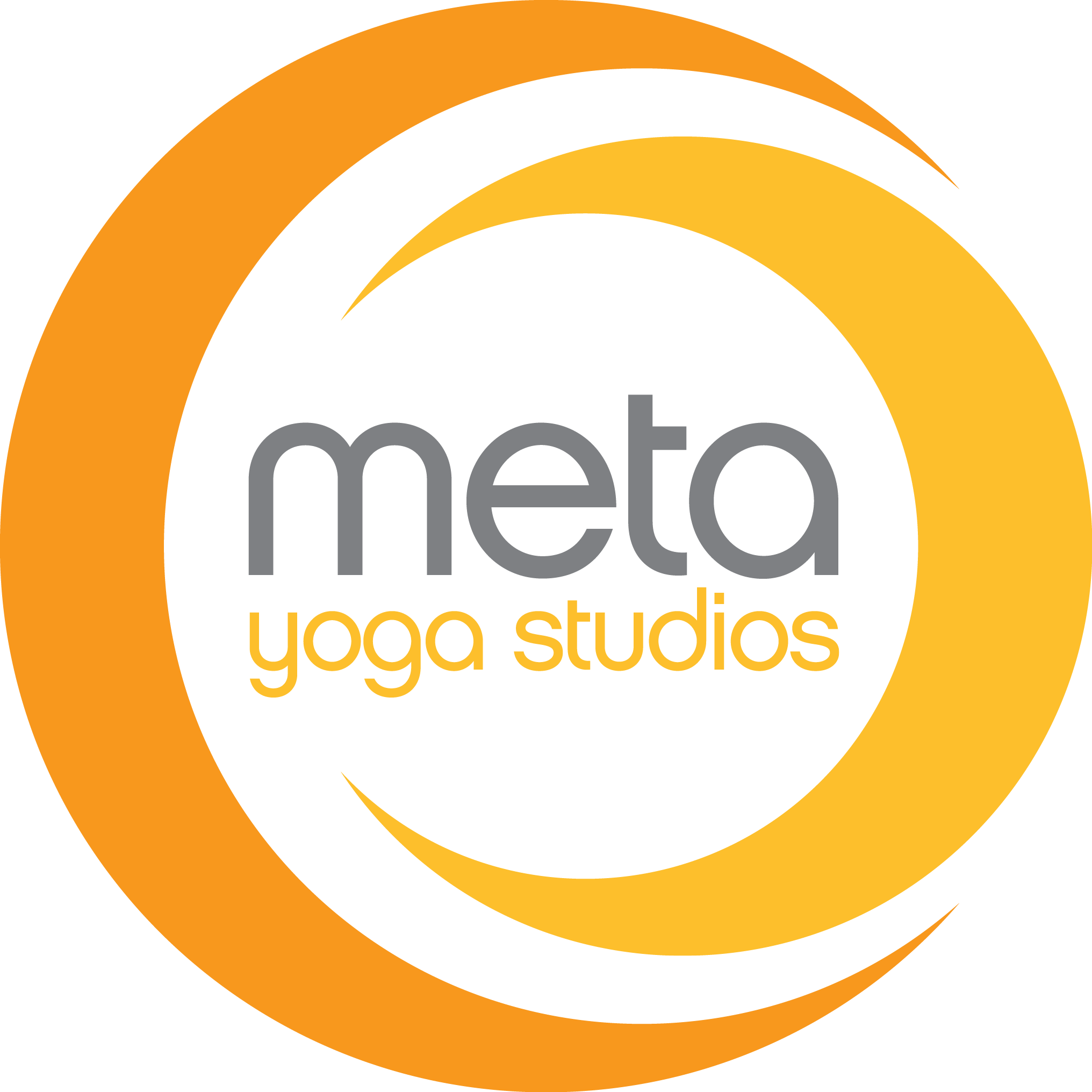Gratitude for Every Body
by Jill Marek...
Upon finding out that I am a yoga teacher, I am often told by friends and friends of friends, “I love yoga, but I’m not any good at it. I can’t do the postures well.”
Over time, course-correcting this comment has become somewhat of a passion of mine because the statement itself indicates a misunderstanding of what yoga is really all about. Yoga, at its core, is an innate opportunity for connection available to all of us—regardless of shape, size, strength, skill level, or natural “stretchiness.”
In fact, hearing someone tell me that they are not “good at” yoga actually saddens me. As living beings, we are all simply vessels of light, organized in unique fleshy packages, walking around in this strange physical experience. Yoga is simply a path we can use to help navigate the journey. As philosopher Pierre Teilhard de Chardin eloquently explains,
“We are not human beings having a spiritual experience. We are spiritual beings having a human experience.”
The word “yoga” stems from the Sanskrit word, “yug,” which means “to yoke” or “to bring together,” and although there are many different types of yoga available, they are all rooted in a fundamental desire to “bring together” multidimensional layers of one’s self. In doing so, yogis believe that it is possible to access our true self, or our spiritual being, and therefore, a more blissful and enlightened state.
With this common intention, a variety of yogic traditions have been passed down through the years, ranging from acts of service, to meditation, intellectual study, and devotional love. However, in our modern Western world, most people have come to think of “yoga” as solely a physical practice. This “physical” type of yoga is known as “hatha,” meaning “force.”
Hatha yoga relies on using the body as a tool to connect to bliss. It is designed to use physical practices including postures (asanas) and breath-work (pranayama) to help one “bring together” the many layers of one’s self. However, although many modern yoga practitioners spend time working to mold their body into a perceived perfect “posture,” it’s easy to forget that the end goal isn’t to achieve a solid headstand, handstand, or Warrior 2 stance. In addition, it’s also easy to lose sight of the fact that we all have different skeletal structures that can make certain postures easy for some and others literally inappropriate for one’s bones.
The physical body is actually just the starting point. The practice of Hatha yoga is about peeling back the layers of self. Beyond the physical body, we also have a prana body, a personality or mental body, a witness body, and a bliss body. In addition, beyond the outward and obvious physical body, there are at least eight unseen forces in every posture: self-observation (note: not self-judgment), entrainment (the frequency of brainwaves), gravity, momentum, breath, bones, muscles and prana (life-force energy).
As a “spiritual being having a human experience,” we create patterns of movement that are hardened into our nervous system. All of our human experiences, including emotional challenges, habitual tendencies, and stress are stored in our bodies in both obvious and not-so-obvious ways. Over time, we hold onto these patterns, and as a result, unhelpful patterns can create blockages that prevent us from tapping into our own innate, deeper connection to wisdom and bliss. The practice of Hatha yoga is meant to help a person slow down enough to actually listen to and connect to his or her multiple dimensions of both body and self.
With this in mind, the next time you happen to find yourself in a yoga class, I hope that you’ll focus on the experience beyond your physical body. Allow yourself to think of each movement as a personal inquiry. Invite yourself to become curious about the way your body feels and moves. Honor your bones, muscles and natural structure. Offer yourself kindness and compassion for the patterns your body has valiantly stored to both protect and heal you. Be willing to be in a relationship with your multidimensional layers of self. And honor that you are doing “your yoga” perfectly.
